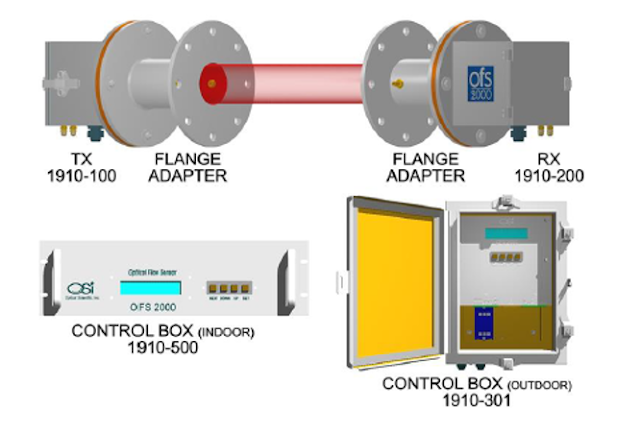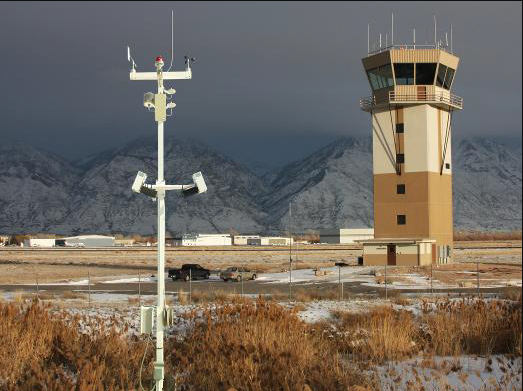Advanced Flow Sensor Technology for Emissions Monitoring in Optical Scientific Applications

In the field of optical scientific research and analysis, accurate flow monitoring is crucial for ensuring precise measurements and reliable data. One essential component for achieving this accuracy is a stack flow sensor . This blog post will explore the significance of stack flow sensors in emissions monitoring for optical scientific applications, shedding light on their working principles, benefits, and the impact they have on research outcomes. Understanding Stack Flow Sensors A stack flow sensor is a sophisticated device used to measure and monitor the flow of gases emitted from industrial stacks or chimneys. These sensors play a pivotal role in environmental compliance, helping researchers and engineers gather vital information about emissions and their impact on the atmosphere. Stack flow sensors are designed to handle a wide range of gas compositions, temperatures, and pressures, providing accurate and reliable data for analysis. Importance of Emissions Monitoring Emis



